My sister and I share many things. We look nothing alike, but the family resemblance is unmistakable. We are both queer women. We are both more eloquent when angry. Despite not being totally comfortable with our bodies, we’re typically willing to take off our clothes at a moment’s notice, probably a habit leftover from being members of a Russian ballet company in our youth.
We’re also both disabled, thanks to two parents whose cocktail of recessive genes would make 23andMe blush. But there’s the difference between us.
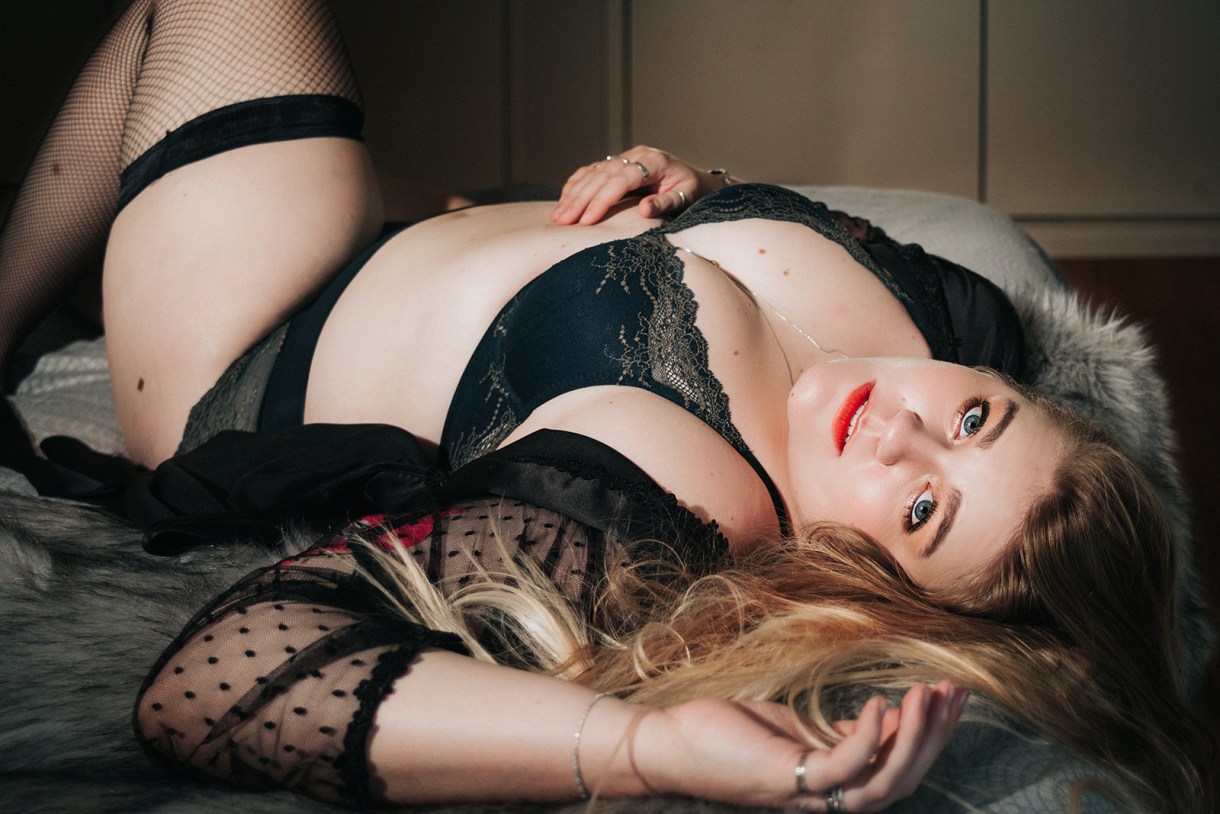
While my disabilities perhaps provide more drama (a life of hospitalizations, of my joints falling apart, of my bipolar brain giving me funny ideas in college), hers is ever-present. If I do everything right — even if “everything” is a tall order — I can have stretches where I am, generally, fine. My sister and my father, both Type 1 diabetics from childhood, share an illness that will never abate, never stop being difficult to control. They can do everything right and still experience inexplicable highs and lows. Even under the best of circumstances, it might take their sight, eventually, or their limbs.
My sister is named Brennah. It means “raven haired” in Gaelic, though she’s a natural blonde. She was diagnosed with Type 1 at the tender age of 18 months, and therefore has never known a life without needles, without getting mistreated at airport security, without getting strange looks when she pricks her finger in public. My father got a blissful 12 years before the illness set in. My therapist once watched me frantically knock back Starbursts when I was faint and hungry; she commented that I didn’t need the sugar. My body was fine in this respect, but as some people say: there are no Type 1 individuals, just Type 1 families.

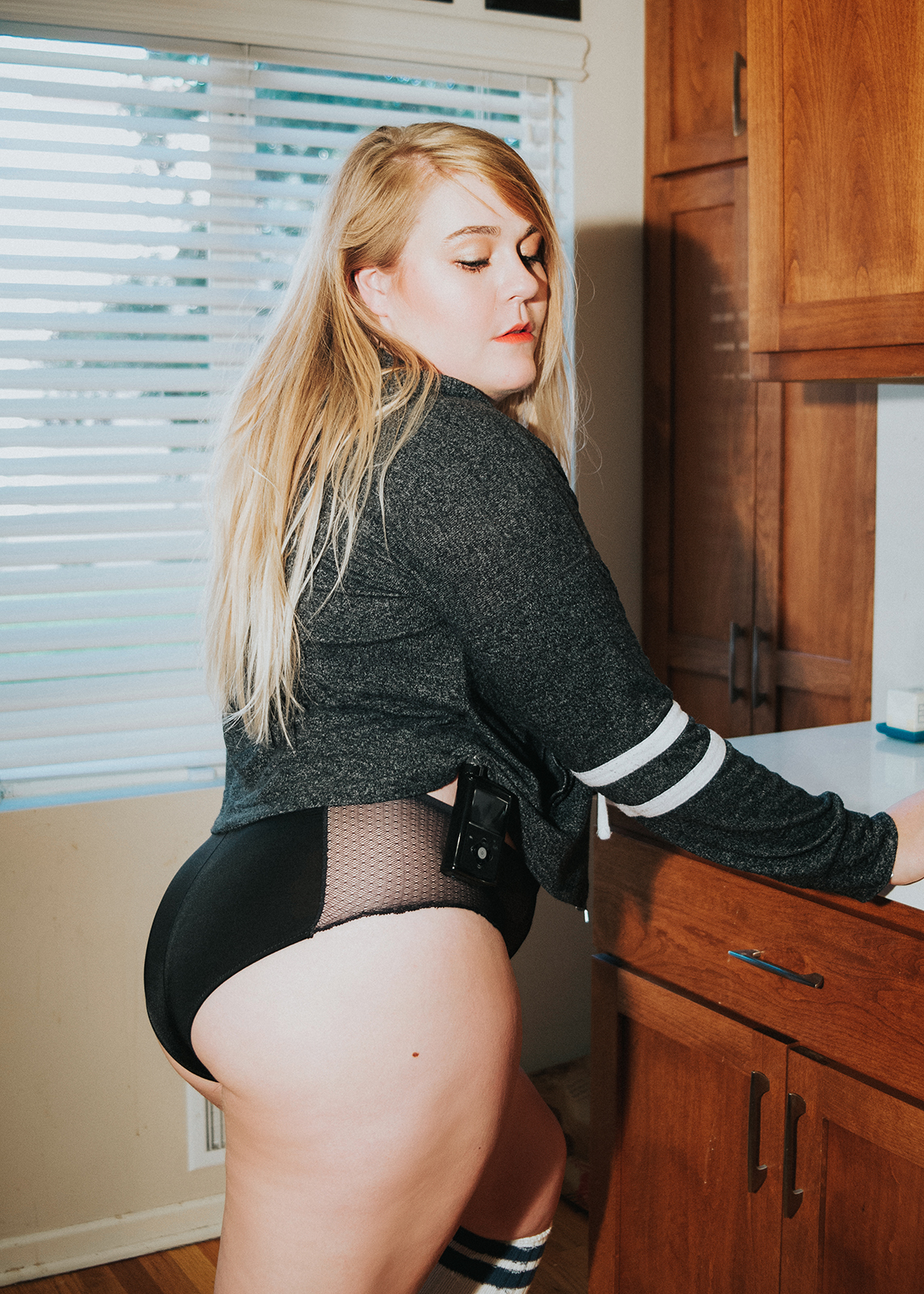
Like many responsible Type 1 diabetics, my sister and father both wear insulin pumps. They also wear sensors, a recent advancement that allows their blood sugar to be tested continually. The combination of these two devices means that my father and sister will live longer than diabetics of past decades, but these devices are, of course, visible. My father wears his pump on his belt or in his pocket. It rarely, if ever, crosses his mind. Menswear is ideally suited to putting things in pockets and waistbands. Womenswear is not.
My father moves through this world disabled, yes, but in many ways his disability is unseen. That isn’t to say he hasn’t faced discrimination; it’s to say that the kind of discrimination he’s faced is the kind that all disabled people, regardless of sex or gender presentation, face in this world.
Brennah does not move through this world unseen.
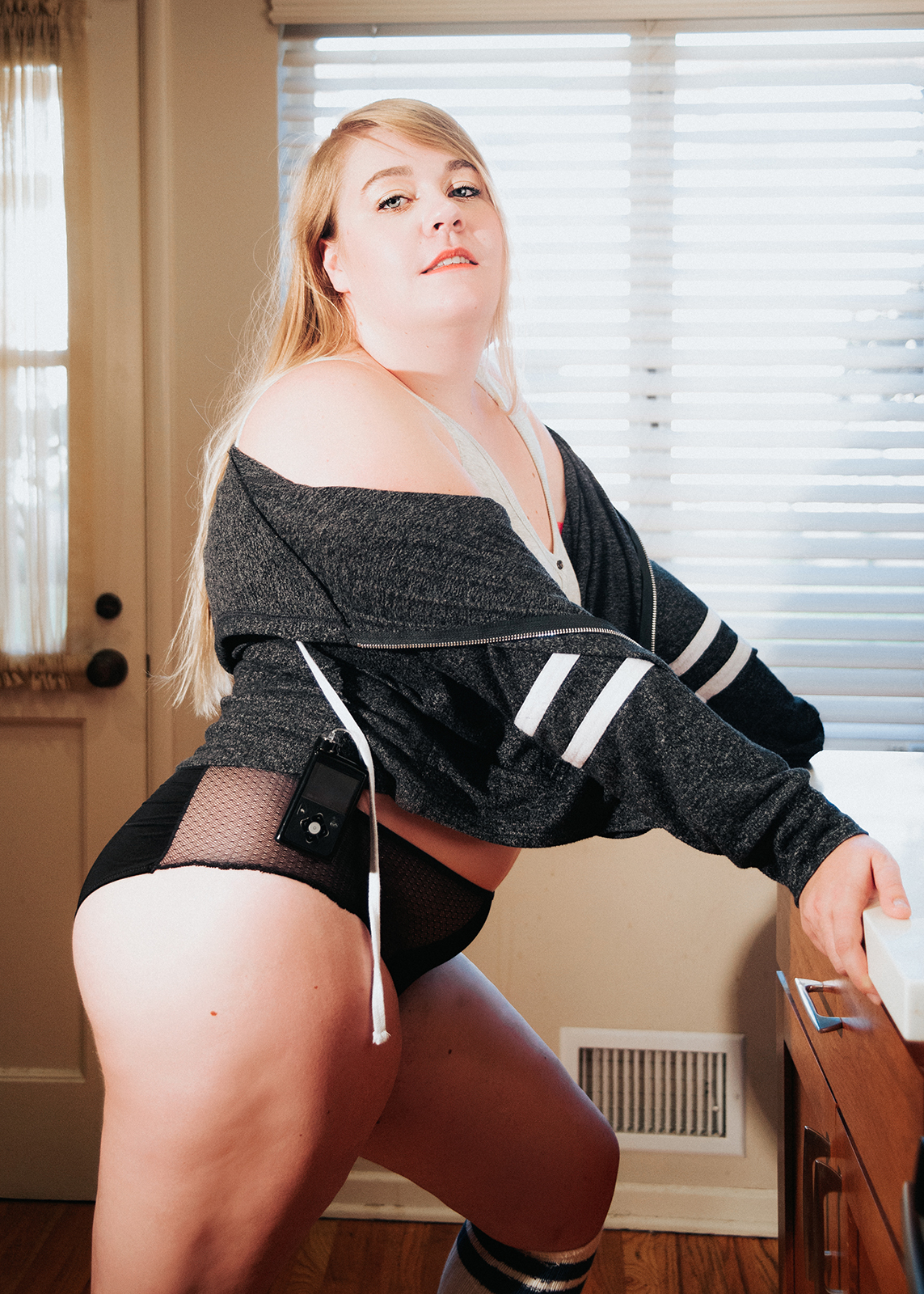
Brennah struggles to find where to put her pump without creating bulges in her clothing. She gets told by well-meaning salespeople that a dress would look better if she could “put it somewhere else,” as if a person’s body is filled with convenient alcoves to store a device roughly the size of a deck of cards. When dating, she’s been told to put it away, that it’s weird, that it’s inconvenient, that she’d be prettier without it. Brennah is beautiful; she’s tall, with Blake Lively hair and a Marilyn Monroe smile, and yet she gets passed over by men and some women who look at her and see nothing but the hard plastic and tubing at her waist.
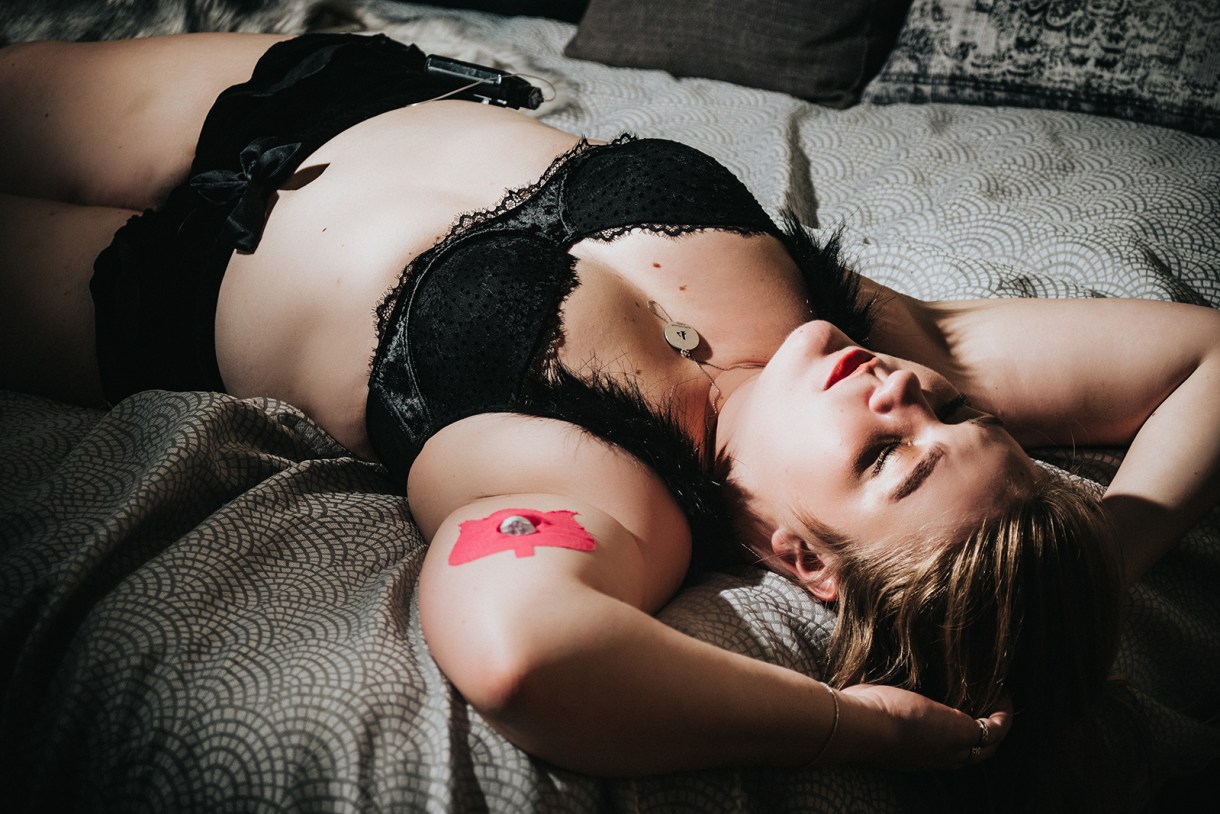
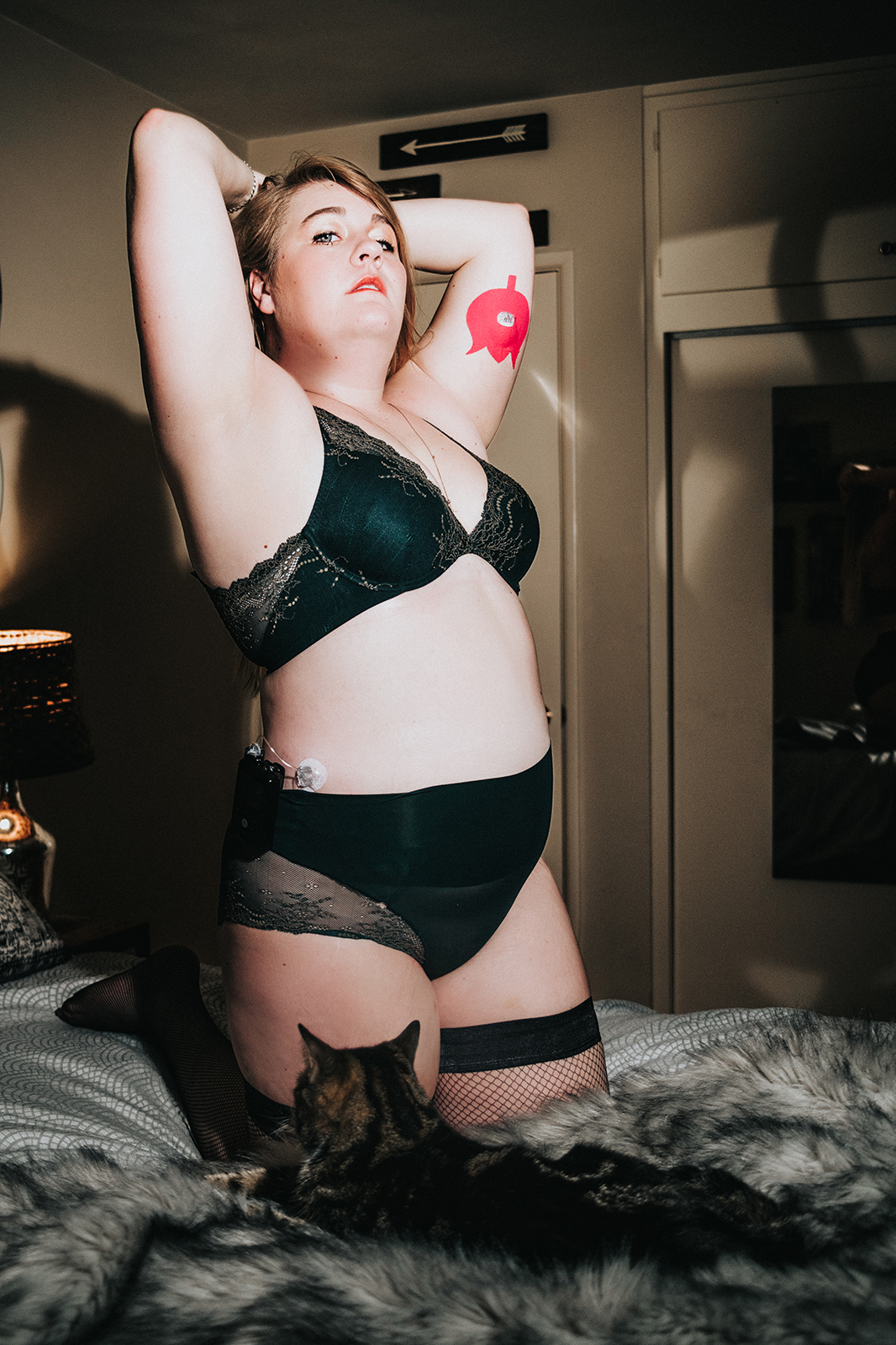
Disabled bodies are frequently desexualized. Images of disabled people typically occupy two roles: to invoke pity, or to serve as inspiration. We exist to either remind you of what you have or remind you of what you could be if only you had something so difficult to work against. We don’t exist to inspire lust. We don’t exist to be sexual. Images of us are so rarely, truly about us: our desires, or the desire we may want to inspire in others.
My goal in depicting my sister as a boudoir photographer was to show just how sexy she is — not without her pump, not without her sensor, but with them fully visible, clipped to her lingerie. The question of “but where will I put my pump?” became obvious: wherever she wanted, wherever was convenient. Hiding it is for the benefit of others. For once, I think, she truly believed that it did not matter; she was sexy and disabled, not one or the other but both at all times. She could have her cake and eat it too — metaphorically and literally. We bought a chocolate cake as a joke, a dig at all the people who shame her for eating anything resembling dessert.
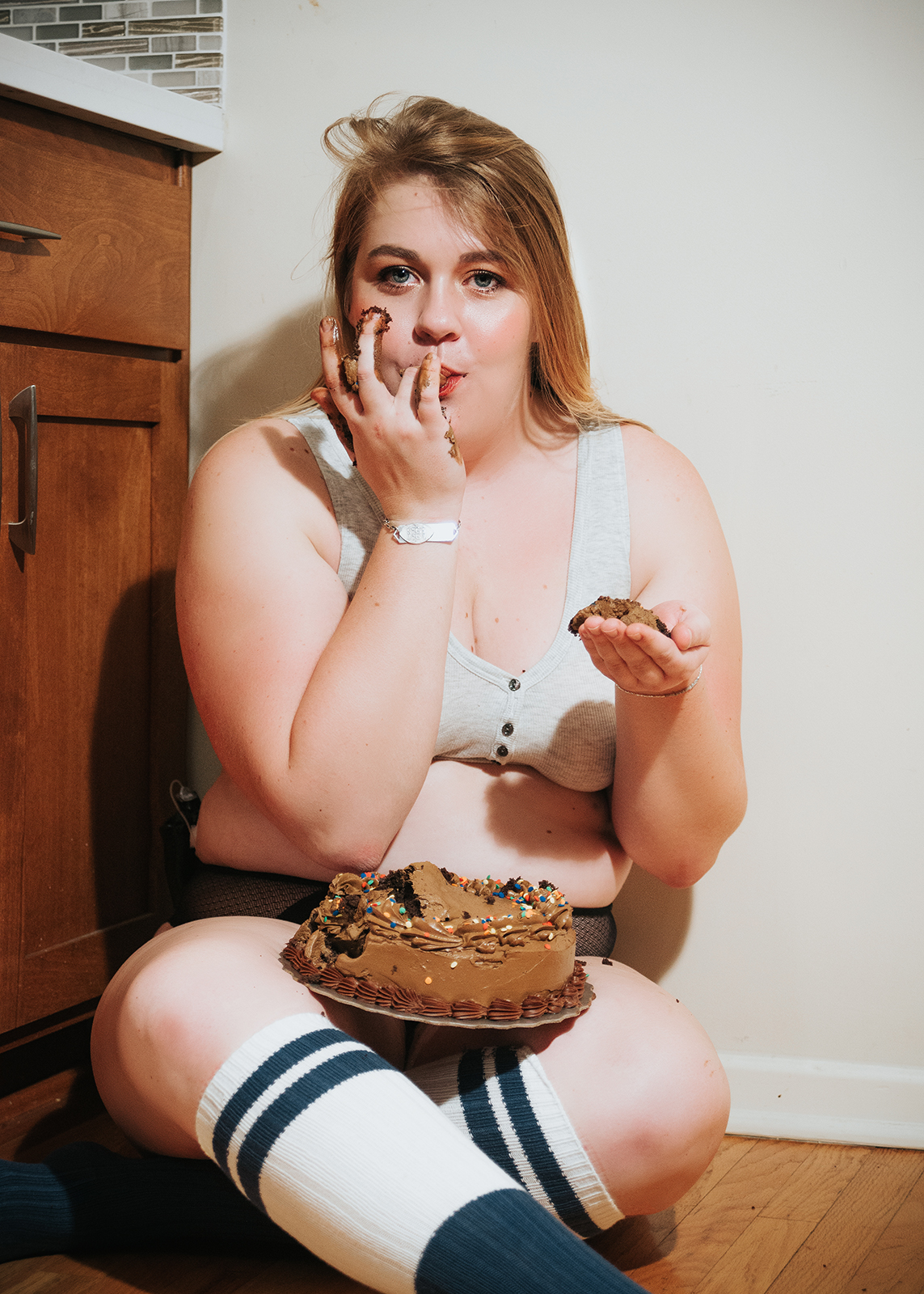
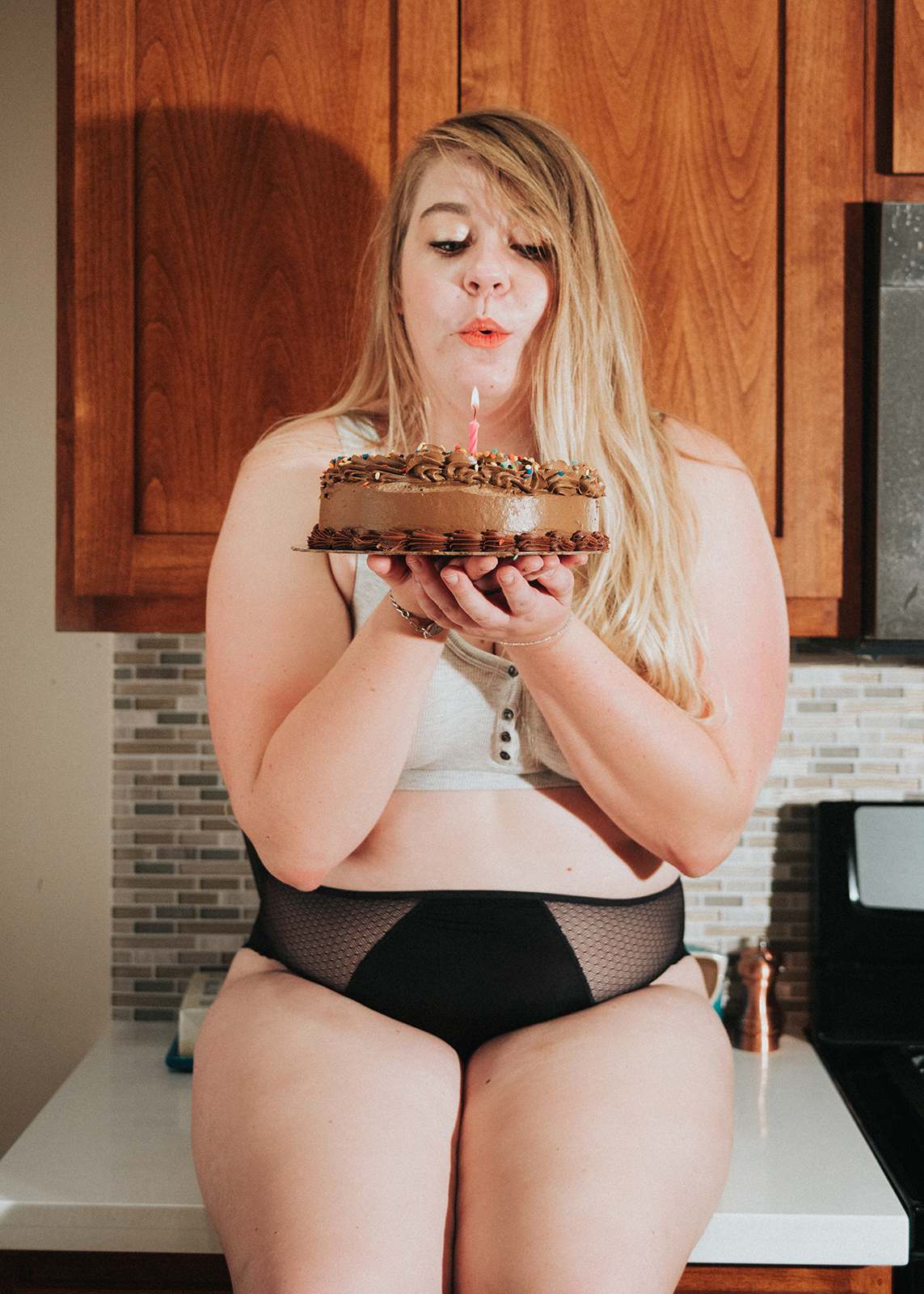
I’ve noticed a change in Brennah recently. She’s gotten cute bandages for her sensor designed to be seen, not hidden; she thinks of them as a changeable tattoo. For Halloween, she got Jack-o-lantern shaped ones. During our last visit, I noticed her wearing her pump more visibly, doing less work to hide it. She asked me to take more photos of her. She left her pump and sensor on without thinking about it. Finally, it seemed, it had become part of her. ![]()


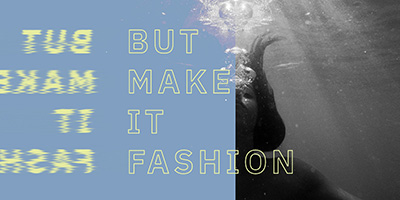

This article is simultaneously a big hug and my worst fear as someone still coming to terms with my own type 1 diagnosis.
For the past few months, I’ve been trying to rock my tech publicly, on my arm at work or on my leg in short skirts, and wear adhesives that feel femme and powerful and hot. Sometimes it works.
But I am also scared of how it’ll make partners see me – I don’t want anyone to look at me like a patient, or like they have to be fragile with me (I can throw down, I swear!). And even though everyone I’ve been with since I got diagnosed has been great (momentary panic when ripping off tech during sex notwithstanding :) ), I feel like I’m still waiting for the “you are gross now, partners won’t like you” shoe to drop. BUT those photos are gorgeous and give me a lot of hope and inspiration to keep adding to my own cache of sexy diabetes photos.
Thank you so much for writing this. <3
hey! fellow type 1 here – i was diagnosed very young (age 3) so it’s been my normal for pretty much all my life, but i also totally feel these anxieties re: dating/meeting new people. i’ve always been an “out and proud” diabetic, never slinking off to the bathroom to test my sugar or inject, but there was a comfort in having my core group of friends in school. now that i’m an “adult” who doesn’t have the guaranteed community that an educational setting provides, i’m feeling this more than ever!
anyway, i’m always down to talk to other T1’s, especially queer ones! hmu if u need a friend
Well aren’t you a precious flower. Queer type 1s are my favorite, hi!
Wow ok
Firstly, thank you to Autostraddle, praise be as always, for this perfect post. As a T1D it is rare to feel seen in this way and these photos do such a beautiful job of that. Especially the cake ones, which work on many levels, and with which I will begin my own ‘sexy diabetes photos’ folder (thanks Dani).
Secondly, HI can we be friends I am also a queer type one! Diagnosed about ten years ago (which is NUTS) and recently started wearing the tech, which has been an adjustment for sure.
This entire thread makes me so happy to read. I’m so happy that these images resonated with others, which is what I’d hoped for! You are all amazing, and beautiful.
Wait this is just my favorite thing. Not sure how to turn this into a real world thing with very public comments and privacy but I would like to know you people! Met my first queer type 1 human at A-Camp this year and then ugly cried for ten minutes because hope.
Queer type 1 party?! I’ve been diabetic for 20 years and forget sometimes that constantly yanking tubing on doorknobs and carrying around 3 kinds of tape because I’m allergic to all of the adhesives and can only deal with any one kind for a day or 2 at a time is not “normal” for the whole world. I love this photoset because it’s so beautiful and so representative of what my life actually looks like.
PS I met Dani at Camp this year but I’m always down to meet/chat with more diabetic queer people!
Going to try to start a group thread! Look out for a friend request :)
Okay, just created a new account after literally 6 years of lurking just to reply to this thread- I’ve been T1 for 18 years, and I actually started tearing up reading this article and all these comments. How do I get in on this queer Type One party?
Hi! I’m a fellow Type 1 and I’ve just stumbled across this article. I made an account just to say that you’re not alone in feeling what you’re feeling.
I’ve been a Type 1 for five years, I was diagnosed at 18 and I struggled with injections. So much so I didn’t even bother thinking about dating for the first three years as I feared what someone might think. After a three year battle with two different hospitals I managed to get the OmniPod Pump and it changed my life. Unfortunately it took a while for my confidence to get back to what it was pre-diabetes. But, there’s always light at the end of the tunnel.
Last year I quit my job in the UK and lived in Asia for a while. I did it to prove to myself I can live by myself and survive by myself with Type 1 and it shouldn’t hold me back. While I was there I met a girl and we went on many dates. One thing led to another and she ended up back at mine. I panicked so much about taking my t-shirt off and what she might think of my pump. When it came to it, I explained what it was and even with a language barrier she still didn’t care and liked me for who I was. As everyone on here knows, Type 1 can be a very lonely disease. The feeling of being accepted by someone else, even with this curse of a disease was a great feeling. I felt “normal” again, wanted, loved, at one.
For me there was never any psychological support after diagnosis and my mental health spiralled for a long time. That moment with her helped me feel ok with myself and for the first time I was comfortable with being a Type 1 diabetic. I’m now very open and proud about who I am and it’s got a lot to do with that moment.
If somebody doesn’t accept you for your Type 1, don’t accept them. We get enough neglect from the media, we shouldn’t accept neglect from a partner too.
Thank you for making this article! Thank you all for sharing your experiences and helping other Type 1’s out! Spread the love.
Beautiful photos!
what a gorgeous piece. thanks to you and your lovely sister for sharing this ?
These are gorgeous/what a lovey and loving thing/ your sister is a total babe/ FUCK I’m so jealous of people with queer siblings!
I love that the cake y’all chose had rainbow sprinkles.
One of those hopless high school crushes I had was on a T1 girl. She had the pinkest prettiest lips I’ve ever seen in real life, waves of chestnut hair and a Veronica Lake sort of smile, she just as effortlessly cool as Veronica Lake.
I only remember she had T1 cause this fossil of a substitute teacher mistook her for pump a phone or something, it did NOT end well for the sub. It just a part of her to us.
I really wanted to say thank you for doing this. I’ve been a Type 1 Diabetic for more than 19 years (the less technological type: insulin, syringe & needles, classic glucose monitoring system and such) and never in my life I’ve seen a more beautiful outlook related to diabetes.
PD: could I have the recipe for the cake?
I’m really, really glad to hear that. That makes me happy.
The cake is, unfortunately, just some terrible store-bought cake from a local grocery store, that we devoured after the shoot.
HOWEVER, I can give this, a chocolate cake recipe I really love: https://www.afamilyfeast.com/black-midnight-cake/
I love all of this.
Not T1D but also disabled in ways that are sometimes seen (my cane, my service dog) and sometimes not (and sometimes only seen if you know what to look for–my compression socks and bag with water, my sunglasses, the glance of a heatpack or TENS unit electrodes under my clothes, the way I take far longer than “normal” in a bathroom, my aggressive avoidance of early morning ANYTHING) and this just makes me feel so seen. Because yeah, people see the cane especially and can’t get past it, or they think I’m “too young” to need it, or it’s an annoyance and I should go without for their convenience (even though that if my leg stops working and I become entirely incapable of walking, that’s way more inconvenient for EVERYONE but most importantly me because I like being able to move myself and I like to minimize the amount of pain I’m in thanks).
And just yeah, seeing disabled people being/doing all the things society doesn’t think disabled people can be/do? It’s great. It’s empowering. Because yeah, we are awesome. And we don’t need to choose between being disabled and…everything else we can be both at the same time and it’s never inconvenient because WE aren’t inconvenient.
” probably a habit leftover from being members of a Russian ballet company in our youth.” I wasn’t prepared for this little turn and I’m very excited about where we’re going next.
“Disabled bodies are frequently desexualized. Images of disabled people typically occupy two roles: to invoke pity, or to serve as inspiration. We exist to either remind you of what you have or remind you of what you could be if only you had something so difficult to work against. We don’t exist to inspire lust. We don’t exist to be sexual. Images of us are so rarely, truly about us: our desires, or the desire we may want to inspire in others.
My goal in depicting my sister as a boudoir photographer was to show just how sexy she is — not without her pump, not without her sensor, but with them fully visible, clipped to her lingerie. The question of “but where will I put my pump?” became obvious: wherever she wanted, wherever was convenient. Hiding it is for the benefit of others. For once, I think, she truly believed that it did not matter; she was sexy and disabled, not one or the other but both at all times. She could have her cake and eat it too — metaphorically and literally. We bought a chocolate cake as a joke, a dig at all the people who shame her for eating anything resembling dessert.”
I LOVE THIS I LOVE THIS I LOVE THIS WOW and the end about her having stickers like “a changeable tattoo” yes yes yes aHHH!!!!!! thank you for sharing !!!!!